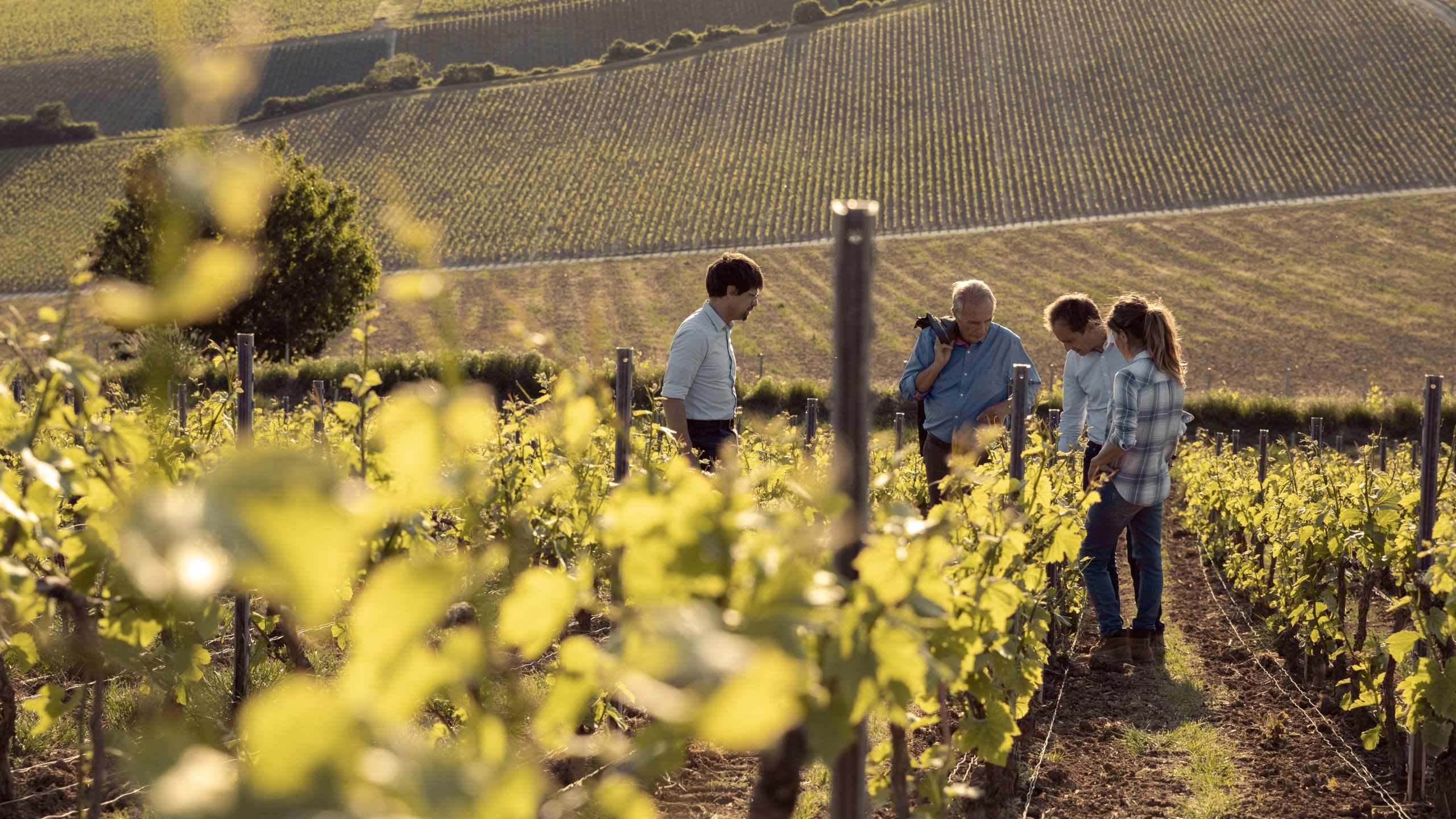Sales of English and Welsh wine rise 6% to record 4m bottles
The Wine and Spirit Trade Association (WSTA) is calling for more government support for Britain’s homegrown wine industry as sales of English and Welsh wine rose 6% on 2017 to reach a record 4 million bottles in 2018.
The WSTA is marking St George’s Day with news that 2018 was record year, not just in terms of production volumes, but also sales.
According to data from the IWSR published by the WSTA, last year, UK consumers bought more homegrown fizz than they did sparkling wines from Australia, the US and Germany combined.
The official figures released by industry body Wines of Great Britain (WineGB) revealed that a record 15.6 million bottles of wine were produced in England and Wales in 2018, up from 5.9 million produced in the frost-ravaged 2017 vintage and beating the previous record (6.3m bottles in 2014) by 9.3m bottles.
There are now more than 500 commercial vineyards in Great Britain. The area under vine in England and Wales has increased by 160% in the past 10 years to reach 2,888 hectares, with a further two million vines due to be planted this year. A total of 1.6m vines – just over 1,000 acres – were planted in 2018, making the wine industry one of the fastest growing agricultural sectors in Great Britain.
Winemakers have described 2018 as a “game-changer”, giving them the opportunity to increase their sales while also boosting stocks of reserve wines to help ensure style consistency in future years.
Speaking to the drinks business for the English sparkling feature published in the May issue, Ruth Simpson, co-owner of Simpsons Wine Estate in Kent, said: “Everything was possible in 2018, it was the perfect year. For us, 2018 is the game-changer year because it means we finally have some decent volume after only producing 22,000 bottles in 2016 and 2017.”
It wasn’t just the newcomers that reaped the benefits in 2018. Nyetimber, headquartered in West Sussex and which planted its first vines back in 1988, also had a landmark year.
Head winemaker Cherie Spriggs told db: “From the 2018 harvest we will produce more than a million bottles for the first time, and this record amount will help us meet growing international consumer demand, as well as increase our stocks of reserve wine.”
Partner Content
“2018 was a milestone for Nyetimber and the reputation of English sparkling wine. It will offer us the quality and quantity to increase the awareness and reputation of wines produced in this country. It proves the potential of England as a serious winemaking nation, rather than just a cottage industry.”
In terms of sparkling wines sales in the UK last year, fizz from Italy, predominantly Prosecco, remained on top, with a total of 117 million bottles (878,000hl) sold, up by 8% on 2017. In second was Champagne with almost 24m bottles (177,000hl) bought by UK consumers in 2018, down by 7% on 2017. Spain came third with just over 23 million bottles (175,000hl), of which the majority is Cava, with volumes down 6%. The rest of France excluding Champagne sold over 5m bottles (40,000hl) and came fourth, a rise of 8% on 2017.
The fifth most popular sparkling wine sold in the UK was homegrown fizz, with sales of 4m bottles (30,000hl). Australia followed with 16,000hl (down 18% on 2017), then the US with 7,000hl (down 7%), Germany with 5,000hl (down 2%), New Zealand with 4,000hl (down 5%) and South Africa with 3,000hl (down 22%) picking up the rear.
Miles Beale, chief executive of the Wine and Spirit Trade Association said: “Everyone should take the opportunity to toast our talented English wine makers with a glass of home-grown fizz on St George’s Day. A bit like St George, against all the odds, the UK wine trade has come out fighting and proved it can compete with the best of the best at a global level.
“The government needs to do more to support this emerging British success story and the Chancellor can and should start bringing down his excessively high duty rates after he unfairly singled out wine for a duty rise in his last Budget.”
Around 71% of the wine made in England and Wales is sparkling wine which attracts the highest level of duty, at £2.86 (plus VAT) on a bottle of fizz – a third higher than the £2.23 duty plus VAT UK consumers pay on a bottle of still wine.
By contrast, the WSTA notes, in France, consumers pay the equivalent of just 7p a bottle on duty for sparkling and 3p for still.





How did you arrive at 4 m bottles? HMR&C figures for duty paid sales for Jan-Dec 2018 show 2.76 m bottles of wine, still and sparkling, in total of which sparkling is under 2 m. Add in 5% for exports and its still only 2.2 m.
https://docs.google.com/file/d/1ukiLQJJTpE_E1WEAMLRfCi8E0F2oP0y2/edit?usp=docslist_api&filetype=msexcel